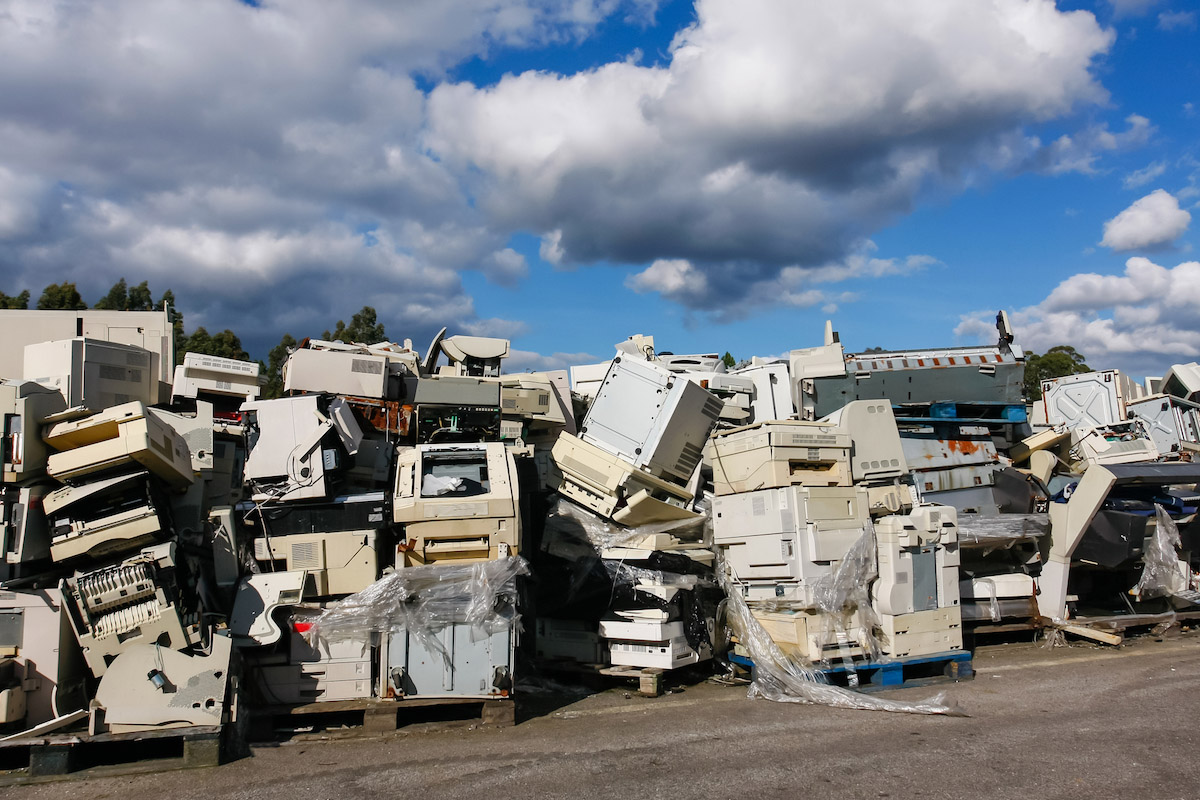
Recycling is hardly a new focus in the world of waste disposal, but the story’s a little different when it comes to electronic devices. E-waste represents a distinct challenge throughout the world, one that’s growing at a rapid pace thanks in part to the explosion of affordable technology. For evidence of the threat, consider that the number of internet-connected devices surpassed the number of living humans in 2018, with millions more being added each day.
Innovation will be needed to address this issue, including varied approaches to collection and public education. Effective handling of e-waste can even produce valuable salvaged materials, underscoring the need for an effective disposal strategy.
Size and Scope
Understanding the e-waste dilemma starts with a grasp of its true volume. Consider the following figures:
- Studies show that electronics make up the fastest-growing stream of waste products, both in the United States and worldwide.
- An estimated 50 million tons of e-waste is produced each year around the world; the Environmental Protection Agency estimates that less than 15% is properly recycled.
- Though electronic items account for only about 2% of content in American landfills, it amounts to over 70% of the country’s toxic waste total.
Without action, the United Nations University projects that the overall volume of e-waste could triple by the year 2050.
The Cost of Inaction
The production of many electronics is demanding; the Electronics TakeBack Coalition suggests that manufacturing a single computer and monitor consumes over a ton of water, nearly 50 pounds of chemicals, and 530 pounds of fossil fuels. The EPA offers another startling statistic: one million recycled laptops would spare enough energy to power over 3,600 typical American homes for an entire year.
There is a direct monetary value to be found in the recycling process as well, with an annual opportunity said to weigh in at over $60 billion globally. EPA estimates suggest that recycling a million cell phones could produce more than 30 usable pounds of palladium, 75 pounds of gold, 770 pounds of silver, and 35,000-plus pounds of copper. The UNU report referenced also estimates that e-waste is richer in gold content than gold ore itself—as much as 100 times richer.
Expansive Opportunity
E-waste can be seen as both a notable risk and a distinct opportunity for every country. Relief and resolution will be largely dependent on creative solutions provided by companies like TechWaste Recycling. Research shows that when material handlers offer more convenient and comprehensive collection and disposal services, companies and the public is more likely to participate. These represent some of the most basic and effective measures in mitigating the e-waste threat.
TechWaste Recycling directly services all of Southern California and provides pickup services to its facilities from nationwide locations. Visit TechWaste Recycling’s website at www.techwasterecycling.com to schedule a pickup that works for your convenience and schedule.
Learn more about TechWaste’s e-waste recycling process here: Secure Electronics Recycling Process
Contact Info:
Richard Steffens
1940 E. Occidental street
Santa Ana, CA 92705
Phone: 866-637-8469

































